23 Tasty Central European Cocktails You Must Sip
Central European cocktails blend cultural heritage with innovative mixology, representing a fascinating intersection of traditional spirits and modern drinking trends.
These libations carry deep regional significance beyond mere alcoholic beverages.
Mixologists in this region craft drinks that tell stories of historical connections and local ingredients.
Each cocktail reflects the nuanced culinary traditions of countries nestled between mountainous landscapes and historic cities.
Regional spirits form the backbone of these unique concoctions, transforming simple drinks into sophisticated sensory experiences.
Bartenders across central Europe have mastered the art of creating balanced, complex flavor profiles that surprise and delight.
The intricate techniques and carefully selected ingredients make these cocktails more than just drinks - they're liquid cultural ambassadors.
Below are 23 essential central European cocktails that showcase the region's rich mixological prowess:
Central European Alcoholic Mixed Drink Types for Your Next Toast
Creative cocktails and classic pours, Central Europe’s mixed drinks bring a playful edge to old-world hospitality. Discover flavors to liven up any evening.
Szarlotka
Szarlotka is a refreshing Polish cocktail blending Zubrowka bison grass vodka with apple juice in a simple yet irresistible 2:1 proportion.
Polish bars serve this cocktail in a highball glass filled with ice, first pouring the vodka shot and then topping it with crisp apple juice.
Variations might include a splash of citrus like lemon or lime for extra zest.
Bartenders occasionally dust the drink with a hint of cinnamon for added warmth and complexity.
Named after the traditional Polish apple cake, this cocktail captures the essence of sweet and tangy apple flavors.
Zubrowka vodka, known for its unique herbal infusion, gives the drink a distinctive character.
Summer gatherings often feature this easy-to-make beverage as a go-to refreshment.
Mixologists and casual drinkers enjoy its straightforward preparation and delightful taste profile.
Gluhwein
Gluhwein sparkles as a beloved winter beverage originating in Germany, Austria, and Switzerland, warming cold nights with its aromatic blend of red wine infused with citrus zest and traditional spices like anise, cinnamon, and cloves.
German winter markets and ski resorts celebrate this comforting drink, which combines carefully heated wine with sweeteners to create a rich, spicy experience.
Augsburg introduced the first bottled versions in the 1950s, popularizing convenient pre-sweetened and pre-spiced options for easy preparation.
Variations include white wine alternatives and optional liquor shots, adding versatility to this classic winter beverage.
Careful heating ensures the wine's flavor remains intact without boiling, preserving its complex taste profile.
Seasonal enjoyment peaks during Christmas festivities, where the drink becomes a social centerpiece.
Regional differences showcase unique preparation methods across German-speaking countries.
Warm mugs of Gluhwein invite relaxation and social connection during cold winter moments.
Feuerzangenbowle
Feuerzangenbowle is a spectacular German Christmas punch where rum-drenched sugar dramatically melts into warm mulled wine, creating a theatrical and boozy holiday drink.
Originating in Germany, this festive beverage transforms traditional glühwein through a dramatic flaming sugar ritual.
Overproof rum completely saturates a sugar cone before being carefully positioned on a metal grate above the wine.
Flames slowly caramelize the sugar, which then drips into the spiced wine below, intensifying its flavor and alcohol content.
Special ceramic or glass vessels with small burners help prepare this theatrical drink.
Rum must contain over 50 percent alcohol to successfully ignite the sugar cone.
German holiday gatherings often feature this dramatic punch as a centerpiece of winter celebrations.
Social groups frequently gather to enjoy this interactive and warming beverage during cold winter evenings.
Spritzer
Spritzers are effervescent cocktails blending white wine and club soda for a light, refreshing summer drink.
Austrian origins trace back to the 19th century as a method of creating bubbly wine at lower alcohol content.
German terminology "spritzen" describes the drink's splash-like preparation technique, meaning spray or squirt.
Traditional recipes combine three parts white wine with one part club soda in a tall glass.
Cool temperatures and social gatherings make spritzers particularly appealing.
Wine selection typically involves crisp, dry varieties like Pinot Grigio or Sauvignon Blanc.
Garnishes often include lemon or orange slices for added zest.
Carbonated water provides a pleasant fizzy texture that enhances the overall drinking experience.
Swimming Pool
Swimming Pool cocktail offers a tropical paradise in a glass with its striking blue-and-white layered appearance.
German bartender Charles Schumann crafted this refreshing drink in Munich during the 1970s at the American Bar.
Vodka and white rum form the potent alcohol base, complemented by smooth pineapple juice and creamy coconut and heavy cream.
Bartenders shake most ingredients with ice before pouring the mixture into a glass filled with crushed ice.
Blue Curacao provides the signature vibrant azure color when splashed strategically on top of the white mixture.
Blending variations exist for those preferring a smoother texture.
Pineapple wedges frequently complete the drink's tropical presentation.
Exotic and visually appealing, Swimming Pool cocktails transport drinkers to a beachside getaway with each sip.
Black Russian
Black Russian combines vodka and Kahlua coffee liqueur into a smooth, potent cocktail designed to deliver a quick caffeine and alcohol punch.
Gustav Tops crafted this iconic drink in 1949 at a Brussels bar for an American diplomat from Luxembourg.
Russian spirits define its core character through premium vodka as the primary ingredient.
Bartenders traditionally serve the cocktail over ice in an old-fashioned glass without additional garnishes.
Mixing the drink requires simple technique: combining vodka and Kahlua with gentle shaking.
Variations like Dirty Black Russian emerge when cola transforms the original recipe.
International drinkers appreciate its straightforward preparation and bold flavor profile.
Dark and rich, this cocktail remains a classic bar staple with global appeal.
Gin Basil Smash
Gin Basil Smash electrifies classic cocktail traditions with its vibrant herbal punch created in 2008 by Jorg Meyer at Hamburg's Le Lion bar.
Meyer ingeniously reimagined Dale DeGroff's Whiskey Smash by substituting whiskey with gin and introducing fresh basil as a signature ingredient.
Fresh basil leaves are gently muddled with lemon juice and simple syrup, releasing intense aromatic oils into the mixture.
Gin and ice join the herbal blend in a cocktail shaker, transforming the ingredients into a crisp, refreshing libation.
Bartenders strain the bright green-tinted cocktail over fresh ice in an old-fashioned glass, adding a fragrant basil sprig as a final flourish.
German mixology innovation shines through this modern cocktail that balances botanical gin notes with sharp citrus and herbaceous basil undertones.
Strukani Pelinkovac
Strukani pelinkovac is a zesty Croatian cocktail blending traditional herbal liqueur with bright citrus flavors, creating a tangy and refreshing beverage.
Pelinkovac forms the base of this innovative drink, poured over ice in a glass with fresh lemon juice squeezed directly into the mixture.
Bartenders often customize the cocktail by adding orange juice or citrus zest for extra complexity.
Variations might include additional spices to enhance the drink's herbal profile.
Some versions experiment with different citrus fruits to modify the drink's character.
Croatian bars frequently serve this cocktail as a modern twist on classic herbal liqueur traditions.
Summer gatherings particularly enjoy this crisp and invigorating beverage.
Jagerbomb
Jagerbombs energize nightlife with their potent mix of Jagermeister and Red Bull, transforming a traditional German shot into a high-octane party drink.
German bartenders originally created this cocktail by dropping Jagermeister into beer, but modern versions exclusively feature the herbal liqueur with energy drink.
Caffeine-charged combinations have sparked medical concerns due to numerous hospitalizations from excessive consumption.
Several popular variations include the Jager-Train, Jager-Ring, Turbo Jagerbomb, and Atomic Jagerbomb.
Red Bull's stimulating properties intensify the alcohol's effects, making Jagerbombs a favorite among young club-goers.
Nightclubs and bars worldwide serve this intense shot as a quick social lubricant.
Jagermeister, a complex herbal liqueur with 56 herbs and spices, provides a unique flavor profile.
Rapid consumption of these shots often leads to quick intoxication and heightened energy levels.
Gemist
Gemist represents a refreshing Croatian white wine spritzer blending chilled white wine with sparkling mineral water, originating from German terminology meaning "mixed".
Continental Croatians have enjoyed this summer beverage since the 19th century, typically crafting it with dry white wines like Rajnski Rizling, Grasevina, Skrlet, Moslavac, and Kraljevina.
Mixologists simply combine well-chilled wine and sparkling water in a glass, creating a light and crisp drink perfect for hot weather.
Regional wine preferences influence the specific wine selection, ensuring a personalized taste experience.
Summer gatherings frequently feature this easy-to-prepare beverage across central Croatia.
Wine enthusiasts appreciate its simplicity and thirst-quenching qualities.
Germans introduced the base concept through their mixed drink terminology.
Regional Croatian wine culture solidified gemist's popularity as a beloved refreshment.
Jagertee
Jagertee is a warming Austrian and German winter cocktail blending rum, black tea, and spices into a comforting beverage traditionally enjoyed after skiing.
Caribbean rum imitations originated the drink's unique flavor profile, featuring domestic spirits and various aromatic ingredients.
Winter spices like cinnamon and cloves provide depth to the complex mixture.
Citrus fruits and additional fruit brandies enhance the drink's character.
Commercial and homemade versions exist, with pre-mixed spice blends simplifying preparation.
Ingredients simmer together in a pot, creating a rich and fragrant concoction.
Home preparation involves heating all components until they blend seamlessly.
Served warm, this beloved apres-ski drink offers immediate comfort during cold mountain adventures.
U-Boot
U-Bootis a German drinking ritual where a vodka shot dramatically plunges into a beer glass, mimicking a submarine's underwater descent.
German partygoers created this quick alcohol consumption method that transforms two simple drinks into an interactive experience.
Beer serves as the main liquid while vodka acts as the intense booster dropped inside the glass.
International variations exist in Poland, Netherlands, Macedonia, and Mexico, each with slight regional twists.
Drinkers typically consume the entire cocktail quickly after the vodka shot submerges.
Alcohol content varies depending on vodka and beer selections.
Party crowds enjoy the dramatic visual and rapid drinking technique.
Bars and social gatherings frequently feature this playful beverage preparation method.
Kopstootje
Kopstootjeis a traditional Dutch drinking custom involving a precise gin-drinking ritual that transforms the simple act of consuming alcohol into a playful social experience.
Genever, an ancestral Dutch gin, fills a tulip-shaped shot glass nearly to its brim, creating a delicate balance of liquid tension.
Participants must drink the shot without using their hands, bending forward and slurping the top layer to prevent spillage.
Bars across the Netherlands embrace this unique tradition, which requires skill and careful maneuvering.
Drinkers bend their upper body, carefully positioning their mouth to consume the overflowing liquid.
The ritual demands both coordination and a sense of humor from participants.
This drinking method prevents waste and adds an element of entertainment to the drinking experience.
Kopstootje literally translates to "head butt" in Dutch, reflecting the physical approach required to consume the shot.
Gluhmost
Gluhmost is a warming Czech apple cider punch that transforms traditional winter drinks with its spiced, citrusy profile.
Regional artisans craft this seasonal beverage by heating fresh apple cider and infusing it with aromatic spices like cinnamon, cloves, and ginger.
Orange and lemon juices add bright, tangy notes to the rich base, creating a complex flavor experience.
Czech communities typically serve Gluhmost during Christmas markets and cold winter gatherings.
Families and friends share this comforting drink as a festive alternative to mulled wine.
Heated gently to preserve its delicate flavors, Gluhmost offers a non-alcoholic option for winter celebrations.
Sweet apple undertones balance the warm spice blend perfectly.
Each sip provides a cozy, nostalgic connection to Czech winter traditions.
Altbierbowle
Altbierbowle is a refreshing German beer punch blending crisp altbier with fruity sweetness and fresh fruit slices.
German brewers create this unique beverage by mixing traditional Dusseldorf-style altbier with vibrant fruit syrups and seasonal berries like strawberries and raspberries.
Beer enthusiasts enjoy this regional specialty during summer gatherings and social events.
North Rhine-Westphalia claims this drink as its signature summer beverage.
Beer lovers serve the punch in large bowls for sharing.
Each serving offers a perfect balance between hoppy beer and fruity notes.
Ingredients are carefully selected to complement the beer's complex flavor profile.
Summer parties and outdoor celebrations become more festive with this versatile German drink.
Gluhbier
Glühbier represents a traditional German winter beverage combining warm beer with aromatic spices.
Dark, malty German beers like Bock or Doppelbock form its rich foundation.
Brewers carefully heat the beer without boiling to preserve its complex flavors.
Cinnamon sticks, cloves, and orange zest often enhance its warming profile.
Small amounts of sugar or honey can balance the beer's natural bitterness.
Seasonal Christmas markets frequently feature this comforting drink.
German beer enthusiasts enjoy it as a festive alternative to traditional mulled wine.
Winter gatherings become more inviting with this spiced, heated beer specialty.
Bikla
Biklais a unique Croatian beverage blending red wine and milk, creating an unexpected purple-hued drink originating in Dalmatia's coastal regions and islands.
Mediterranean sailors traditionally prepared this distinctive mixture using equal parts young red wine and fresh cow or goat milk.
Greeks likely introduced the beverage centuries ago, with documented references dating to the 19th century.
Dalmatian residents often serve bikla in the same vessel used for its preparation.
Wine selection typically involves young, robust red varieties that complement milk's creamy texture.
Coastal communities embraced this unusual combination as a refreshing alternative to standard beverages.
Cultural traditions and regional ingredients contribute to bikla's distinctive character.
Summer temperatures and maritime lifestyles further influenced this wine-milk fusion's popularity among local inhabitants.
Hriato
Hriato is a warming Slovak winter spirit infused with smoky bacon and sweet honey, blending robust flavors into a unique alcoholic beverage traditionally consumed during cold seasons and celebrations.
Slovaks craft this potent drink using homemade fruit brandy like slivovica, which serves as the alcoholic foundation.
Honey or caramelized sugar adds rich sweetness to the mixture, creating a complex taste profile.
Spices such as black pepper, caraway, and occasionally garlic provide unexpected depth and complexity to the drink.
Preparation involves carefully balancing the smoky bacon's saltiness with the honey's natural sweetness.
Bacon is typically cooked and added directly to the spirit, infusing it with a distinctive savory note.
Home brewing methods vary slightly across different Slovak regions, with each family potentially having a unique recipe.
This rustic beverage reflects Slovakia's traditional approach to creating flavorful, warming spirits that combat winter's chill.
Nikolaschka
Nikolaschkais combine German after-dinner drinking traditions with a unique sensory experience of cognac, lemon, sugar, and powdered coffee.
Drinkers first enjoy smooth cognac in a snifter glass before consuming a zesty lemon disk coated with sugar and coffee powder.
Germany developed this distinctive digestif as an elegant post-meal ritual that engages multiple taste sensations.
Served in a classic snifter, the drink offers a complex flavor progression from rich cognac to tangy, sweet, and slightly bitter accompaniments.
Cognac serves as the primary alcoholic base, providing warmth and depth to the drinking experience.
Sugar adds a sweet counterpoint to the strong spirits and bitter coffee powder.
Lemon contributes a sharp, refreshing citrus note that cleanses the palate.
Each element creates a carefully choreographed tasting sequence that transforms a simple drink into a sophisticated sensory journey.
Count Mast Negroni
Count Mastis transforms the classic Negroni by replacing Campari with Jagermeister, creating a bold herbal cocktail that packs a unique punch.
German liqueur Jagermeister brings intense botanical notes to this potent drink.
Gin provides a crisp base spirit that complements the herbal complexity.
Sweet vermouth adds depth and balance to the mixture.
Mixologists prepare this cocktail by stirring equal parts of gin, Jagermeister, and sweet vermouth with ice.
Traditional Negroni preparation methods guide the drink's construction.
Bartenders strain the mixture over fresh ice in an old-fashioned glass.
Herbaceous and strong, this cocktail offers a modern twist on a beloved Italian classic.
Vodka Nikolaschka
Vodka Nikolaschkais a sophisticated German cocktail blending bold vodka with delicate citrus and coffee undertones.
German bartenders craft this unique drink by layering smooth vodka with a fresh orange disk carefully placed across the glass rim.
Powdered sugar sprinkled over the orange disk adds subtle sweetness to the robust spirit.
Drinkers typically consume the cocktail in a precise ritual, first licking the sugared orange and then drinking the vodka underneath.
Orange's bright zest complements the vodka's sharp flavor profile perfectly.
Coffee powder provides an unexpected depth and complexity to the drink's overall taste.
Social gatherings often feature this intriguing cocktail as a conversation starter and palate-pleasing experience.
Tschunk
Tschunki is a potent German cocktail blending rum, Club-Mate, and bold flavors for an energetic drinking experience.
Originating in Germany, this unique beverage combines white or dark rum with a carbonated mate-extract drink called Club-Mate.
Bartenders first muddle chopped limes and brown sugar in a highball glass to create a sweet base.
Crushed ice gets added next, providing a refreshing chill to the mixture.
Rum follows the ice, creating a strong alcoholic foundation.
Club-Mate then tops the drink, introducing a caffeine kick that sets this cocktail apart from traditional rum-based beverages.
Mixing techniques ensure each ingredient melds perfectly for a balanced taste.
Drinkers enjoy this cocktail as a spirited alternative to standard mixed drinks.
Savoy Affair
Savoy Affair sparks celebration with its luxurious blend of champagne and spirited ingredients that dance between fruity and elegant profiles.
French bartenders crafted this sophisticated cocktail using premium brandy and strawberry liqueur as central flavor architects.
Peach brandy provides a smooth, sweet undertone that complements the bright strawberry notes.
Passionfruit juice adds tropical complexity and tangy depth to the drink's character.
Lime juice introduces a crisp, sharp element that balances the cocktail's sweeter components.
Bartenders carefully rim the double-cocktail glass with sugar after rubbing its edge with fresh lime for a decorative and flavorful presentation.
Each sip promises a multi-layered sensory experience that transitions smoothly between fruity, spirited, and refreshing elements.
Sophisticated drinkers appreciate this cocktail as a sophisticated alternative to traditional champagne-based beverages.
Why Are Herbal Liqueurs So Prominent in Central European Mixology?
Herbal liqueurs hold a special place in Central European mixology due to their rich history, distinctive flavors, and cultural significance:

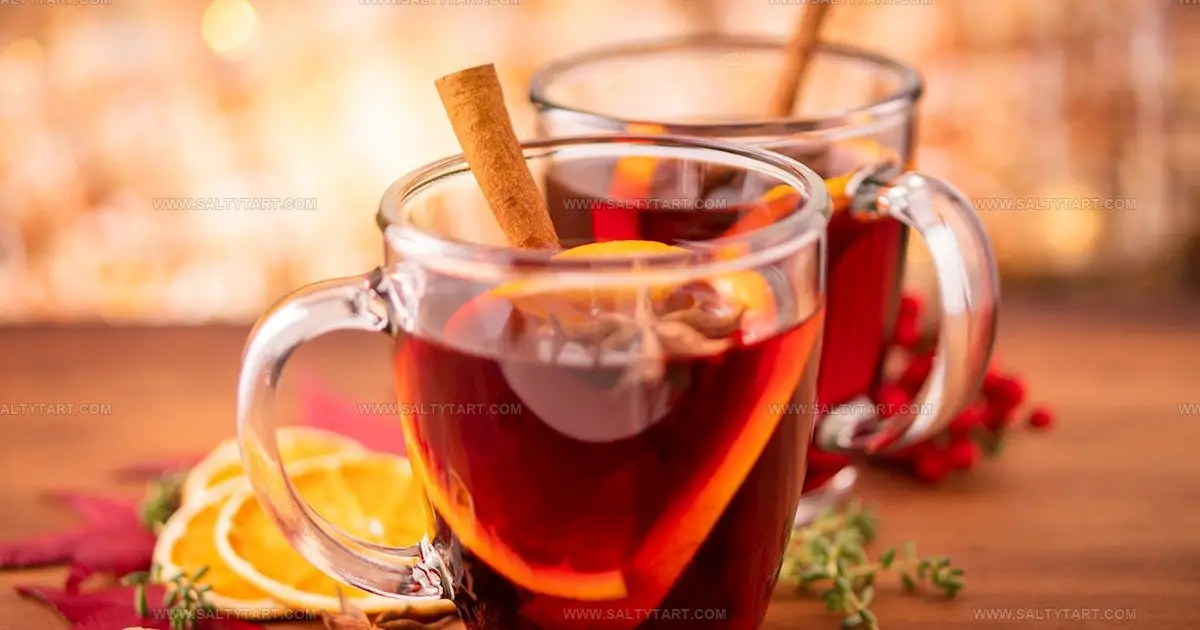

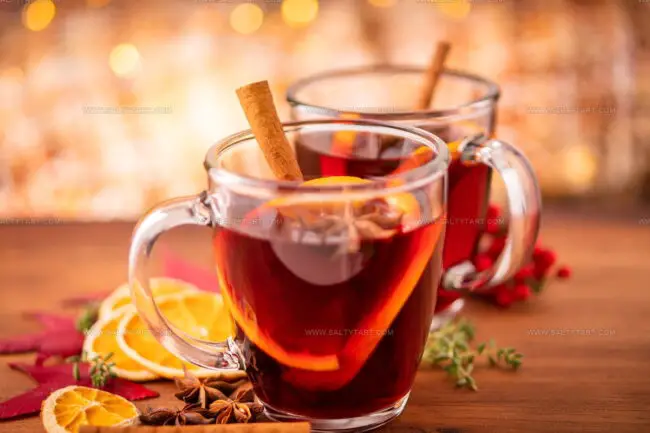
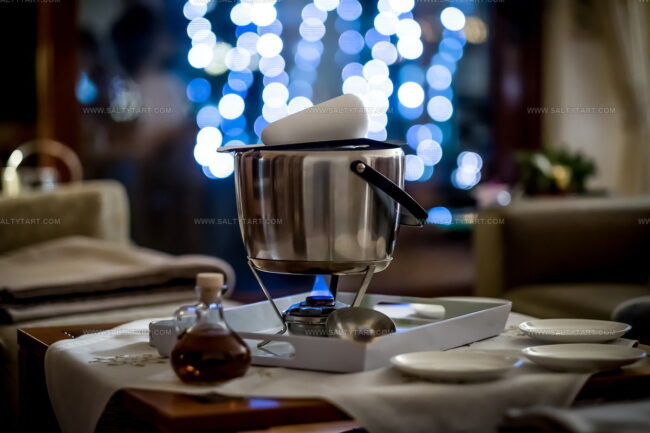
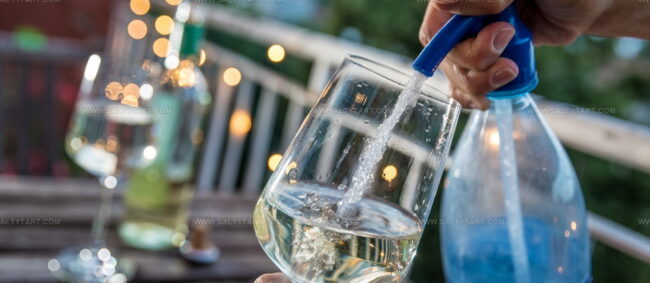

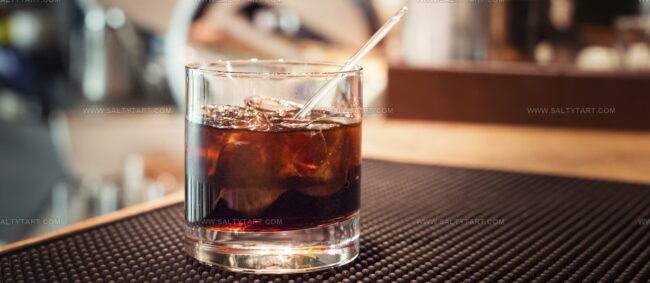
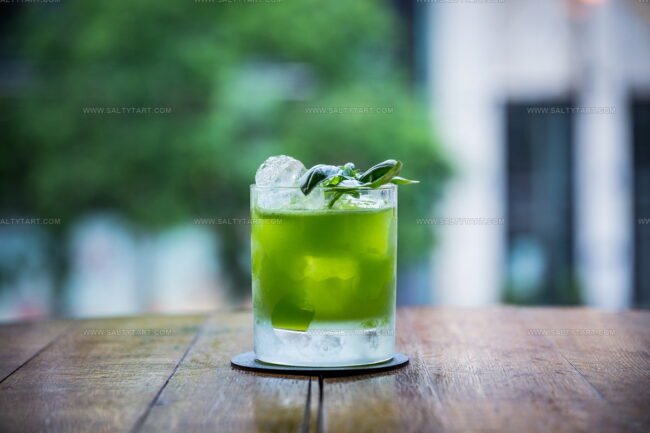
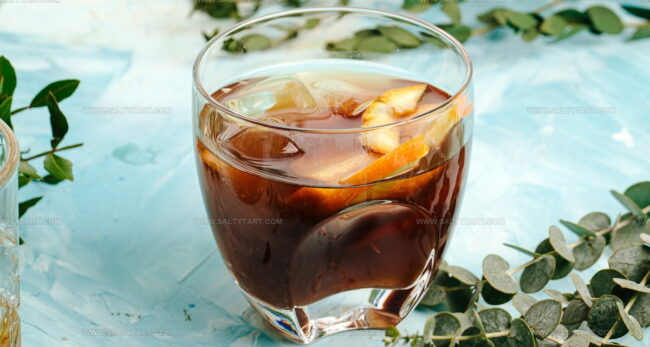
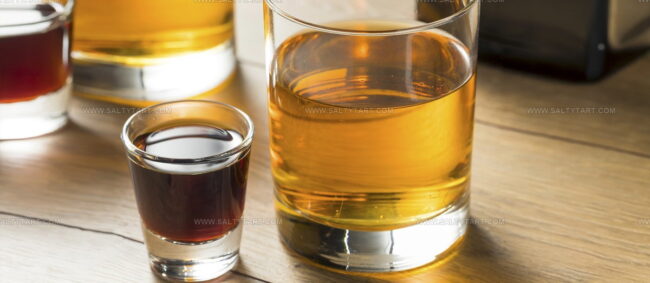
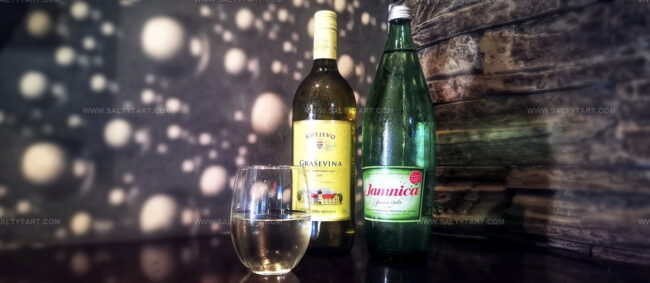
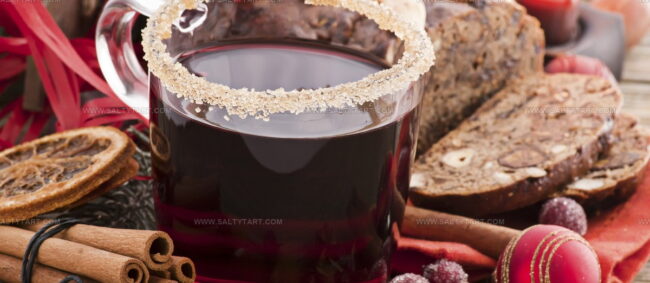
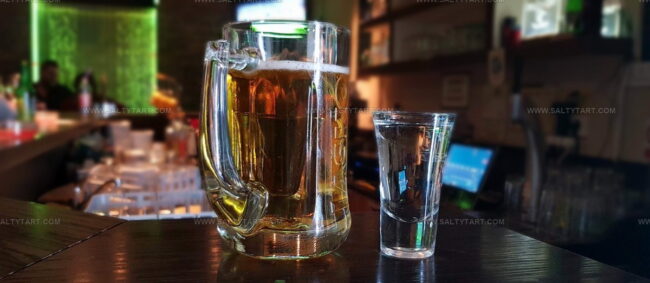
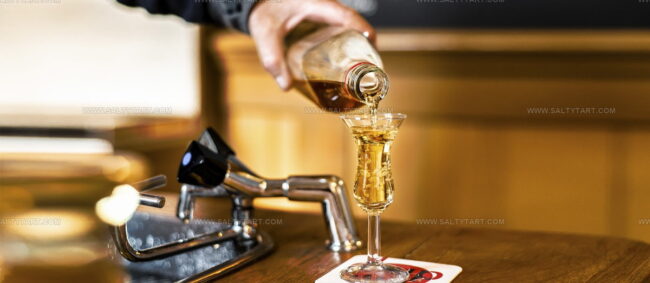
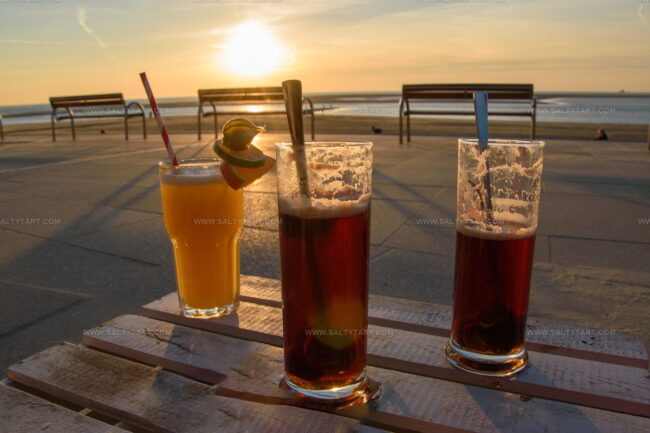
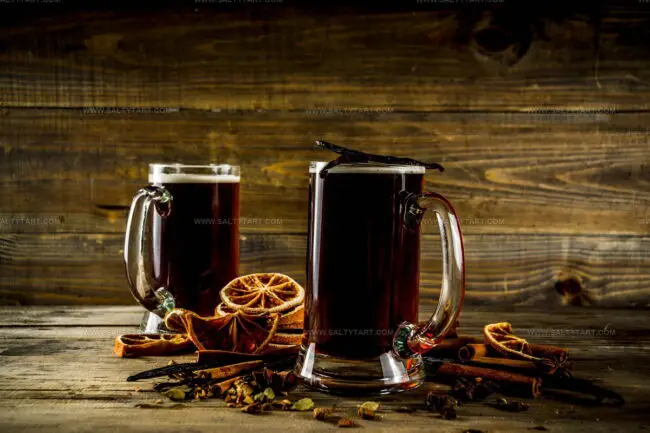
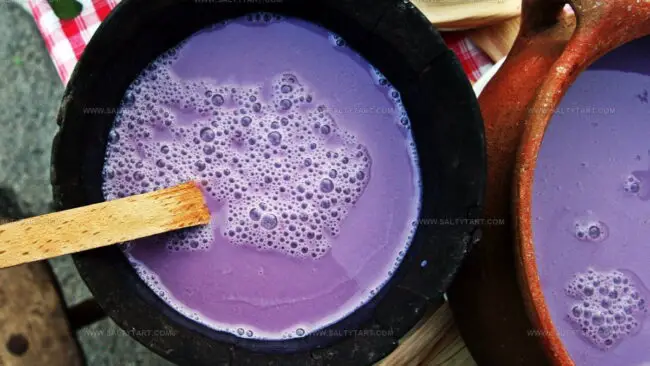
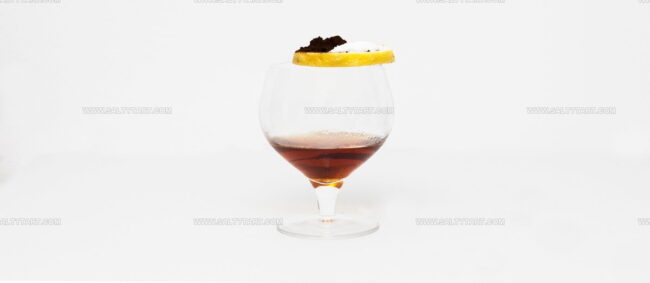
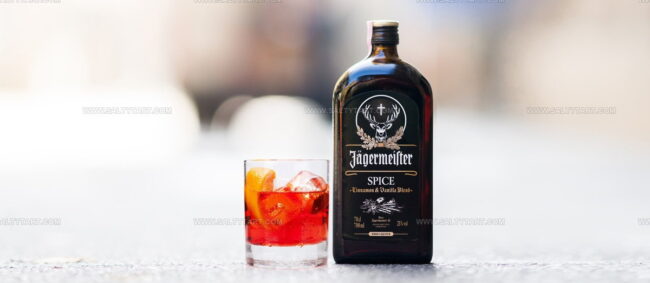

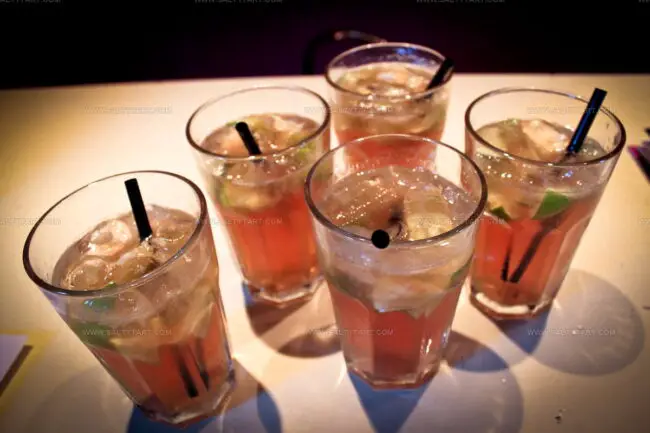
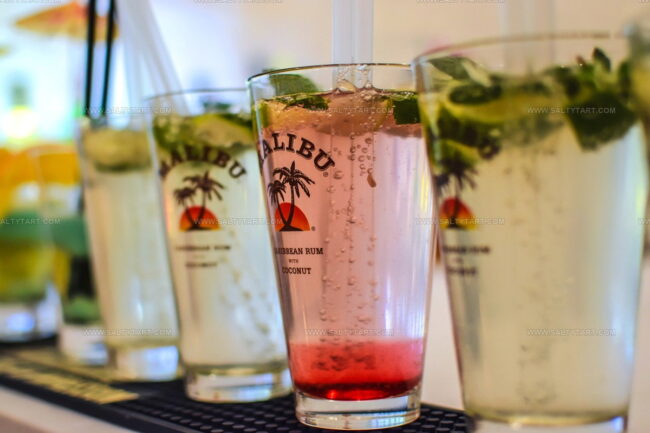
Jess Martinez
Contributing Recipe Writer & Nutrition Consultant
Expertise
Southwestern and Latin American cooking, Nutritional analysis and healthy recipe planning, Cultural food traditions, Modifying traditional dishes for better health
Education
Santa Fe Community College
Certificate in Culinary Arts
Focused on mastering the flavors and cooking methods of traditional Southwestern cuisine.
Jess’s love for bold, homegrown flavors led her straight into the world of Southwestern cooking and cultural nutrition.
After completing her Certificate in Culinary Arts at Santa Fe Community College, she made it her mission to show that good-for-you food can still taste incredible.
At saltytart.com, Jess shares vibrant, health-conscious recipes with roots in tradition but a fresh, modern twist. When she’s not testing new recipes, you’ll find her at local growers’ markets, tending her herb garden, or digging into food history books.